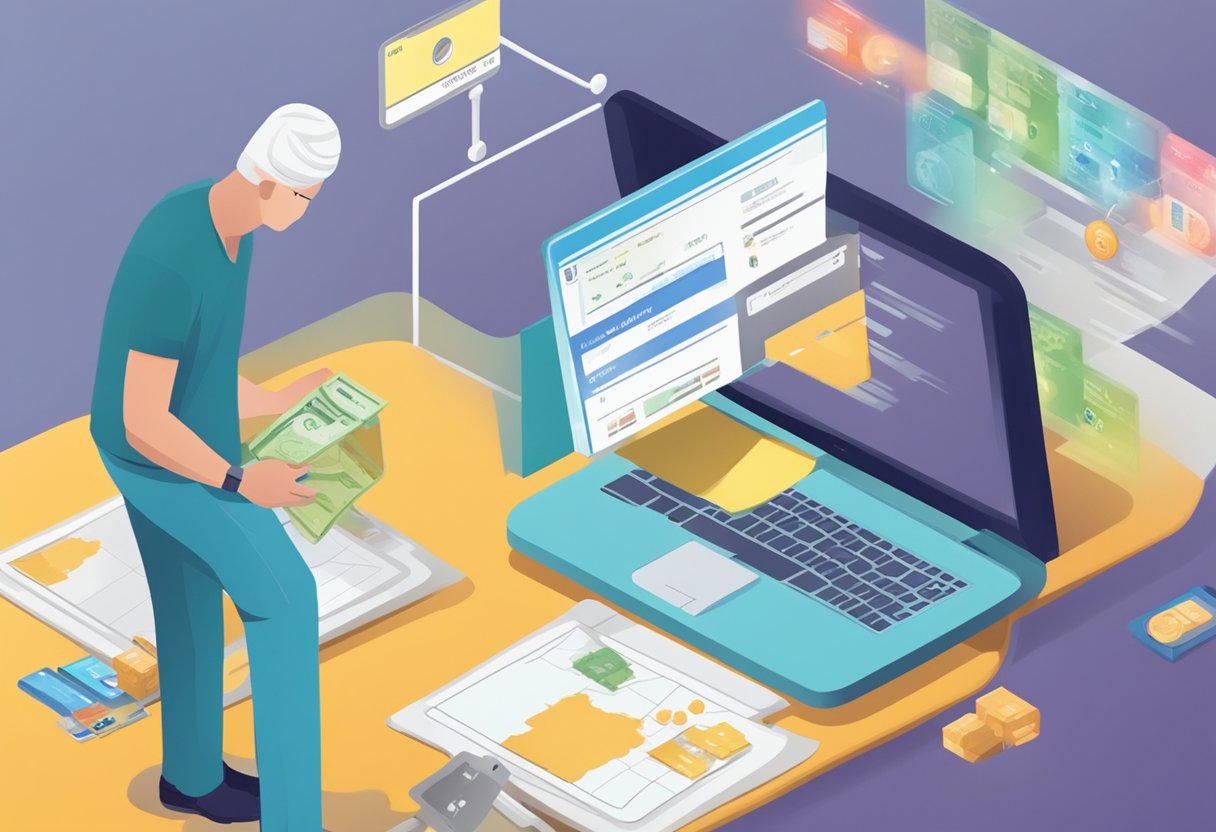Many people use credit cards every day, making them a target for fraud. You need to know about the common tactics used by criminals to protect yourself and your finances. Being aware of these strategies is the first step in fighting back against credit card fraud.
Fraudsters often use methods like phishing scams, fake websites, and stolen information to gain access to your account. Understanding these tactics will help you stay alert. Knowing how to recognize suspicious activity can save you from losing money and personal information.
In this article, you will learn about ten common credit card fraud tactics and simple steps you can take to stop them. By staying informed and proactive, you can keep your financial information safe.
Understanding Credit Card Fraud
Credit card fraud is a serious issue that affects many people. It can happen in various ways and can lead to financial loss. Knowing about the different types of fraud and their scope is important for protecting yourself.
The Scope of Credit Card Fraud
Credit card fraud can occur anywhere and at any time. It involves unauthorized use of your credit card information. This can happen through theft, online scams, or data breaches.
According to the Federal Trade Commission, millions of people experience credit card fraud each year. Many times, victims do not realize fraud has occurred until they check their statements.
Fraud can lead to stress and financial problems. In some cases, it may take weeks or months to resolve issues. Being aware of the scope helps you take preventive measures.
Types of Credit Card Fraud
There are several common types of credit card fraud that you should know about.
1. Card-Not-Present Fraud: This happens when someone uses your credit card information online without possessing the physical card.
2. Phishing: Fraudsters trick you into giving them your credit card details through emails or fake websites. Always verify the source before sharing your information.
3. Card Skimming: Criminals use devices to capture your card information when it's swiped. These devices are often placed on ATMs or gas station pumps.
4. Chargebacks: This occurs when a transaction is disputed, and the cardholder gets their money back, leading to a loss for the merchant.
Being aware of these types helps you stay vigilant. Always monitor your accounts and report any suspicious activity immediately.
Recognizing Common Fraud Tactics
Being aware of common credit card fraud tactics is important for protecting your finances. By recognizing these methods, you can take steps to avoid falling victim to them.
Lost or Stolen Card Fraud
Lost or stolen card fraud happens when someone uses your credit card after you've lost it or had it stolen. If you notice unrecognized charges on your statement, act quickly. Report your lost or stolen card to your bank or credit card issuer immediately.
Always keep track of your card. Use a wallet or purse with a secure closure. When shopping, never leave your card unattended. Sign up for alerts to notify you of any charges. This way, you can catch fraudulent activity right away.
Card Not Present Fraud
Card not present fraud usually occurs in online transactions. This happens when someone gets your card information without your physical card. They then use it to make purchases online.
You can't see the card physically, which makes it easier for fraudsters to act. Always ensure that websites are secure. Use unique passwords and enable two-factor authentication when available. This adds an extra layer of protection for your online accounts.
Card Skimming
Card skimming involves tools that capture your card's data. Fraudsters place these devices on ATMs or payment terminals. When you swipe your card, they steal your information.
To avoid card skimming, inspect machines before using them. Look for any unusual attachments or loose parts. Cover the keypad when entering your PIN. Use ATMs that are in well-lit, secure areas to reduce the risk of skimming attacks.
Phishing Attacks
Phishing attacks are schemes where criminals try to steal your personal information. They may send fake emails or texts that appear legitimate. These messages often ask you to provide sensitive information like your credit card number.
Be cautious with unsolicited communications. Verify the sender's address and avoid clicking on suspicious links. Always access your accounts directly through official websites. By practicing these habits, you can better protect your financial information from phishing scams.


